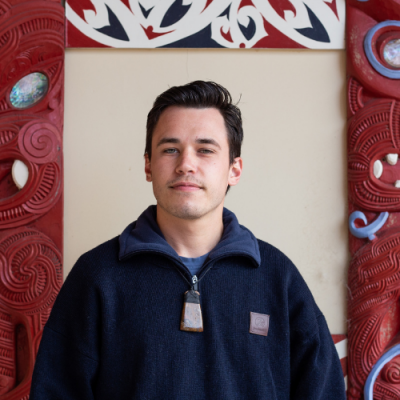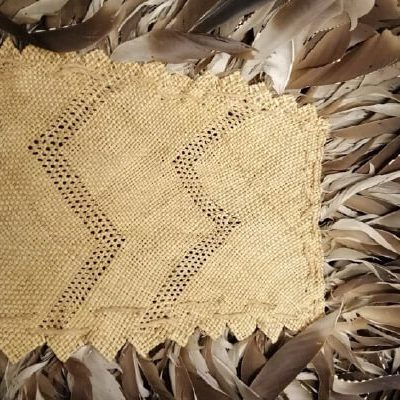Creative Patapatai
Director and producer Micah Winiata says his release TAIAO is a nonverbal, documentary experience that explores how we as a multicultural people use Aotearoa’s natural environment. Learn more about Micah’s process below, and be sure to experience TAIAO after its 15 September release.
Your occupation, job title, artistic discipline (or very brief description of what you do):
I’m a Producer and Director of short form content, however I’m also involved in other artistic departments such as editing and videography. I think to have full control and understanding of the film medium at this stage of my career, I need to be confident in nearly every department.
What cities/towns have you lived in (or spent more than a few months in) beginning with the place of your birth?
I was born and raised in Bethlehem, Tauranga and after graduating I moved to Ōtautahi to study at the New Zealand Broadcasting School. After I graduated I moved up to Tāmaki Makaurau to work on Shortland Street for a year, before deciding to continue my study in Chicago, USA. After spending two years in the midwest and with the fallout of the pandemic, I moved back to Tauranga Moana where I reside today.
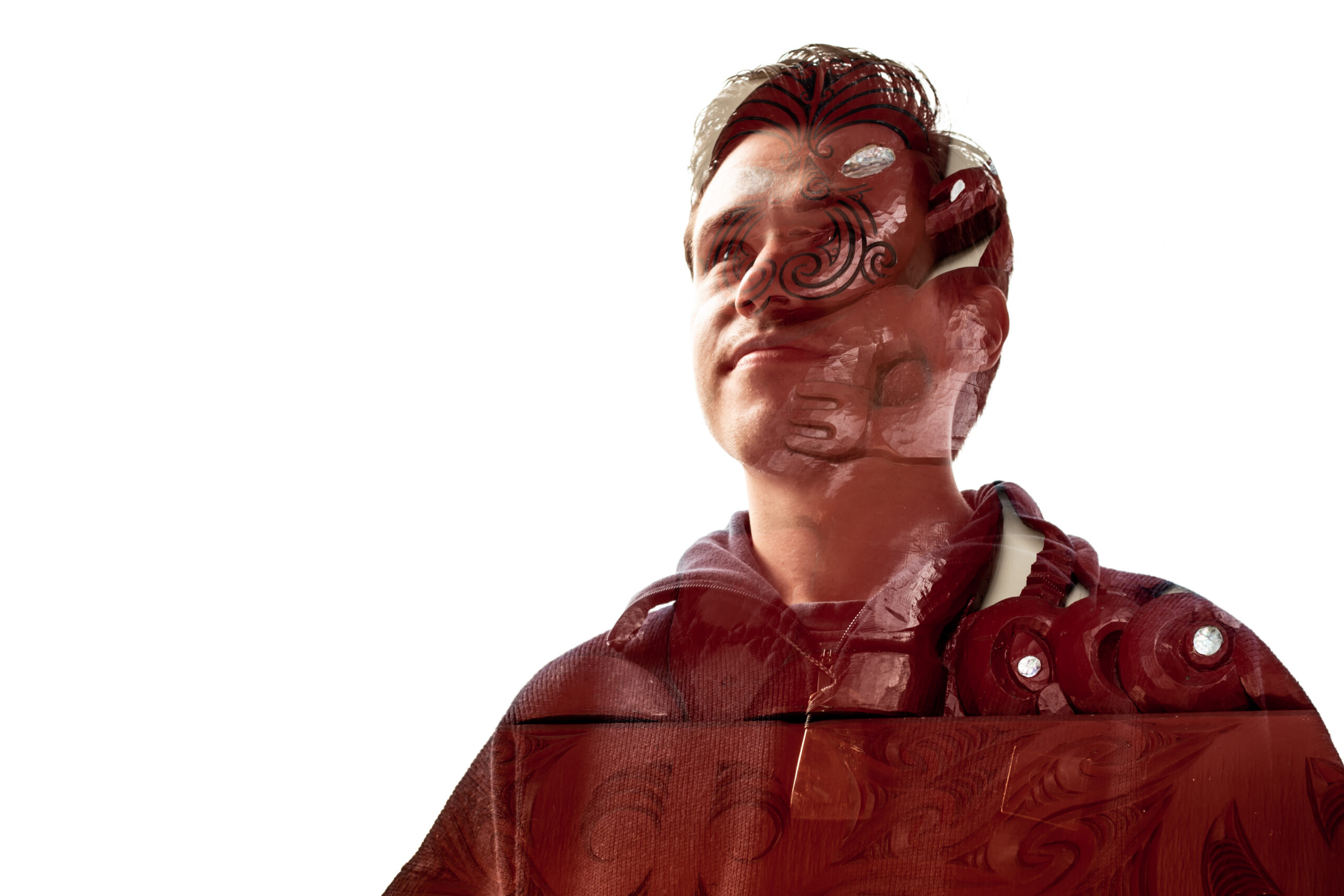
What’s your favourite Bay of Plenty landscape, park, building, location, suburb, or side street? Why?
While there are many superb locations around Tauranga, the giant flagpole on the Tākitimu Drive roundabout oddly enough seems like an awe-inspiring symbol of unity and patriotism (that could be the American conditioning in me). My hapū urupā is right behind the flag too on Motuopae in the harbour, so it reminds me of the passing of time and my tūpuna buried there.
Your film TAIAO is about to have its premiere. What was your favourite part about making TAIAO?
The best part about making TAIAO was rediscovering a lot about Tauranga and my own identity.
Connecting to back nature after being locked down in a concrete jungle for 2 years was one of the best parts. While massive cities are gorgeous and awe inspiring, on the flip side they’re also dirty and depressing. Forests in the Kaimai Range and Ōtanewainuku specifically were big inspirations for the tone of the film, as each forest has its own wairua.
Connecting back to my whakapapa and my marae (Huria Marae) while filming. I realised when I was in Chicago that there was an essential part of my identity that was missing and having the ability to film and represent my hapū put me on the journey to learning my reo.
Overall I learnt a lot about myself and where I’m from in the process of making the film.
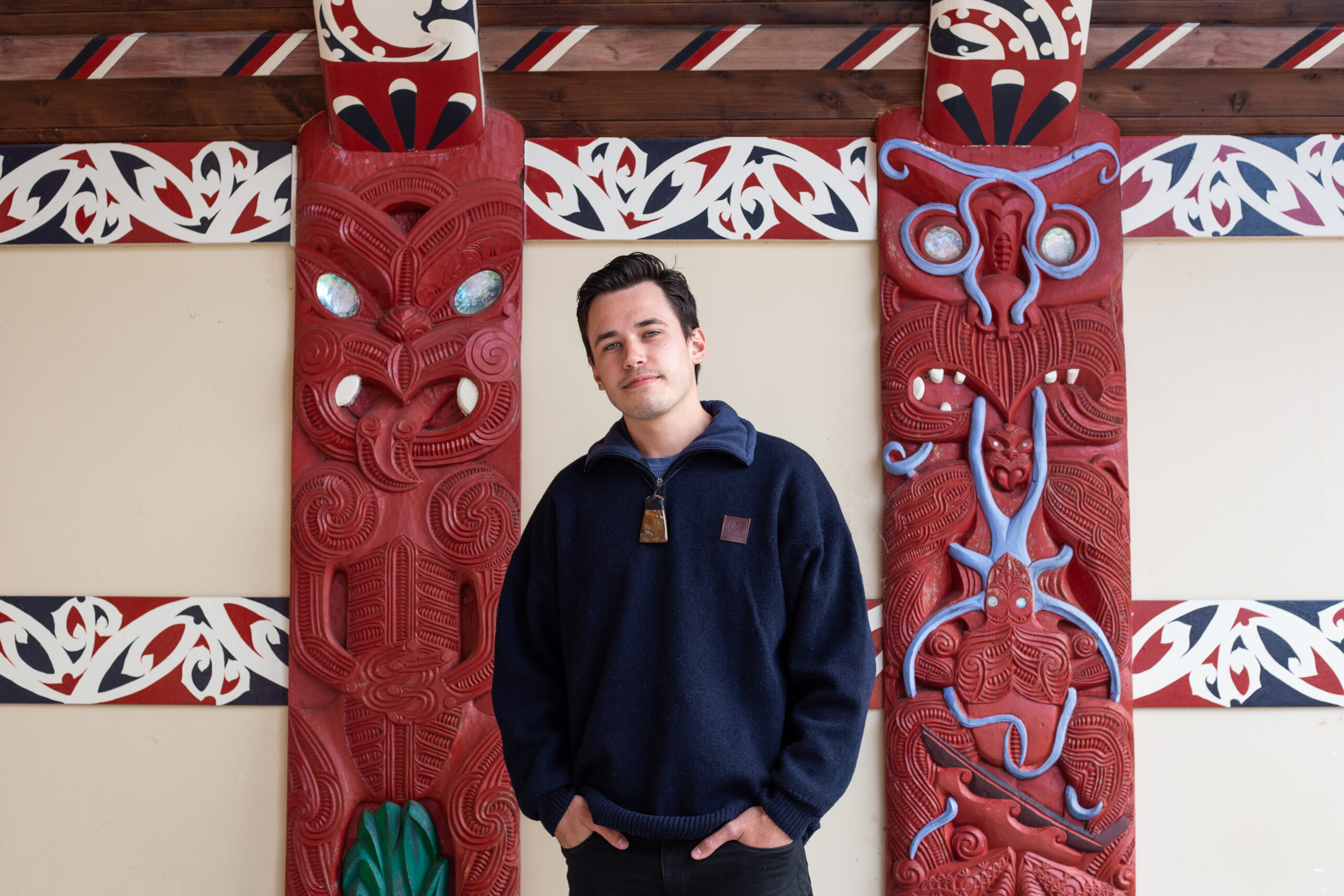
How do you want TAIAO to make audiences feel?
When creating TAIAO, one of the biggest creative perspectives I wanted to have as the director was that of a neutral stance, just observing things as they are instead of forcing audiences to feel about a particular issue. While this was a tricky tone to balance (to make it interesting and have a strong point made at the end), I think the nonverbal nature of the film’s genre will allow for audience to each take away their own opinion on our relationship with the land without the barrier of language. We each have our own ingrained perspectives on issues / industries around BOP and those values and beliefs will dictate how the film makes you feel.
If you went away from the Bay of Plenty for a long time and then came back, what are the first three things you would do or visit?
Funnily enough I have been away from the Bay of Plenty for a relatively long time so I know exactly what things I chose to do. Ko Mauao te maunga: one of the first places I climbed up was Mauao, the centre point of Tauranga Moana. Coming from the icy Lake Michigan with nuclear plants lining the horizon on a clear day, having a mountain on a beautiful tropical beach in my hometown is pretty special.
I then went for a big bike ride around Bethlehem where I grew up—seeing all the changes, new shops, new subdivisions—connecting me back to my roots in a melancholic kind of way because everything looks different and is constantly changing.
Lastly, I had marmite on thin Vogel’s toast. Unfortunately you’ll find most American bread with added sweeteners which is so unnecessary; it made it impossible for marmite to taste remotely good (Americans would argue it already doesn’t taste good) but it’s also the taste of home.
Who are your favourite or most admired figures from history?
Some of the Ariki and the crew who explored the Pacific Ocean. They were essentially astronauts venturing into the unknown on tiny waka; using their senses to uncover the mysteries of how nature worked, they successfully found the smallest atolls and islands in the worlds largest ocean, thriving while doing so. While most of this history is unknown, I admire their courage to explore the unknown immensely. I’d like to see Polynesian astronauts in my lifetime exploring the galaxy.

What is missing or lacking from your Bay of Plenty community or environment?
I think there is a great opportunity for healing and education with the development of locations significant to local iwi around Tauranga Moana. From Mauao, to Te Ranga, Ōtūmoetai Pā and many other reserves, funding the development and ongoing upkeep of these historical sites will not only allow tangatawhenua to reconnect to these places of historical value, but will invite the whole community to share and engage with the local history, and therefore allowing old wounds to be acknowledged and for inter-generational healing to take place.
Name a few films that you consider profound, moving or extraordinary?
For TAIAO I was inspired by three extraordinary nonverbal films. I think why they have such an impact on me is due to their nonverbal nature. They express timeless imagery and themes about humanity and its something that you could show an alien and they’d be able to understand the complexities of life on earth. Those films are: Koyaanisqatsi (1982), Baraka (1992), and Samsara (2011).
What word of advice would you offer an aspiring creative person?
While I am also still young and figuring out the way I work best, I’ve found that the simple act of starting a project builds motivation to continue doing it. Instead of waiting for motivation, it often finds you and inspires you after you start.
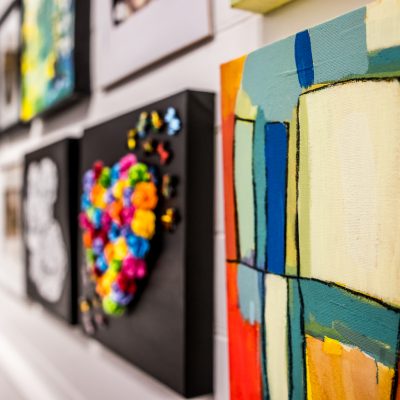
Creative Directory
Explore and connect with creative people, groups & spaces in Tauranga and Western BOP

